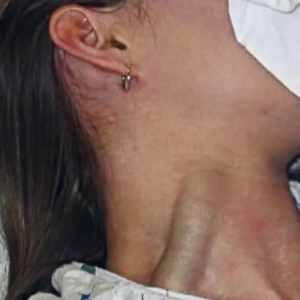Cracked heels, or heel fissures, are a common foot problem that can cause both pain and embarrassment. Mild dryness is normal, but “when the skin on the heels becomes extremely dry and loses its elasticity,” deep cracks can form, leading to bleeding or infection if untreated.
Many people first try lotions, but “these treatments don’t always work for everyone.” Regular moisturizers often fail because they only hydrate the surface and “can’t easily absorb” through thick, callused skin. Instead, experts suggest exfoliation, foot soaks, or applying petroleum jelly overnight to seal in moisture.
Several factors contribute to heel cracks—prolonged standing, open-back shoes, excess weight, and conditions like diabetes or eczema. Cold weather and dry air can worsen the issue by stripping the skin of moisture.
Hydration is key, both inside and out. “When your body is dehydrated, your skin becomes less elastic,” so drinking water and maintaining humidity helps prevent cracks. Regular exfoliation with a pumice stone after soaking softens the skin and improves lotion absorption.
If heel fissures become painful or infected, “it’s important to see a podiatrist or dermatologist.” With consistent moisturizing, proper footwear, and care, you can maintain smooth, healthy, crack-free heels year-round.




